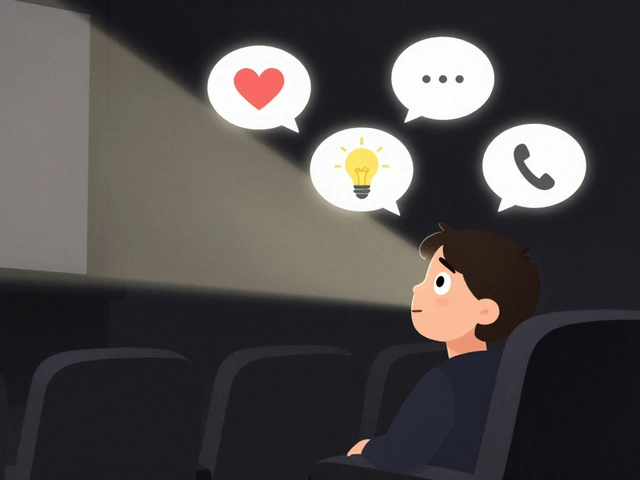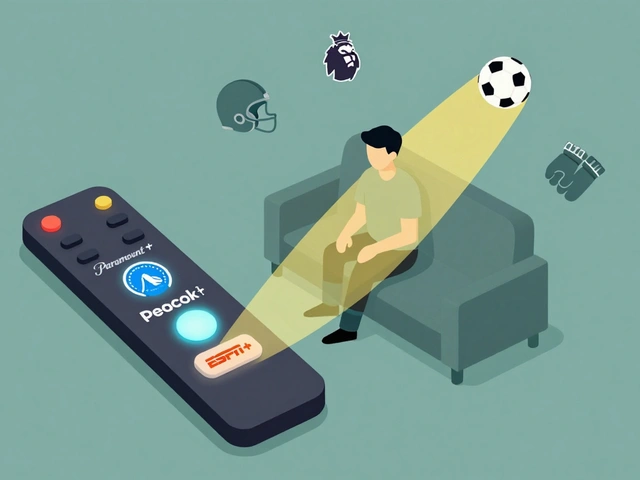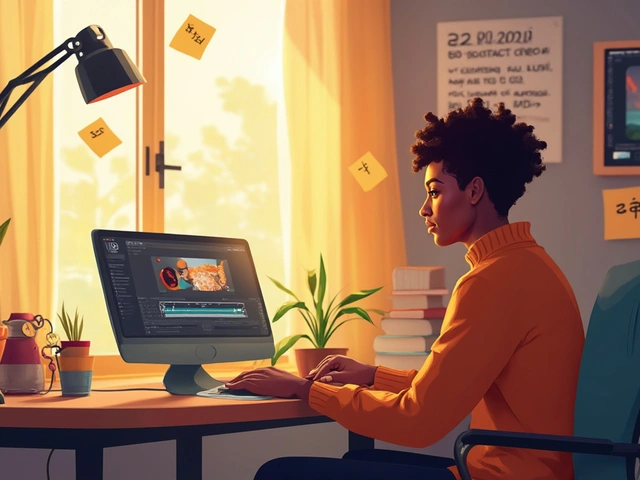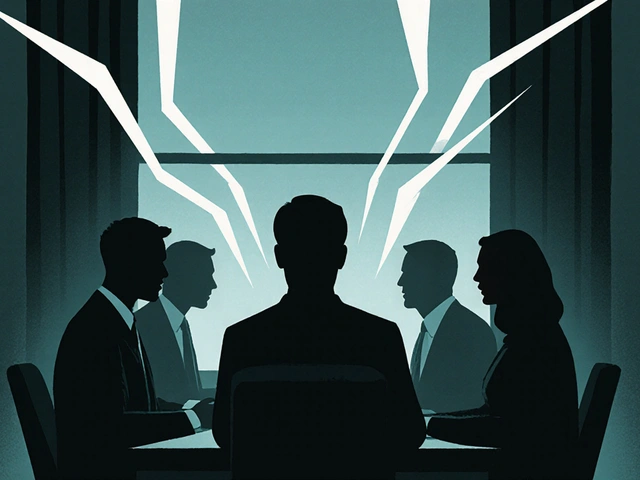Laura Mulvey: Film Theory, the Male Gaze, and How Women Are Seen on Screen
When you watch a movie, who are you really seeing? Laura Mulvey, a British film theorist whose 1975 essay "Visual Pleasure and Narrative Cinema" changed how we understand film forever. Also known as the architect of the male gaze, she didn’t just analyze movies — she exposed the hidden rules that made women look like objects, not people. Before Mulvey, most film criticism focused on plot, actors, or direction. She asked: Who is looking? And who is being looked at? Her answer was simple, brutal, and true — in classic Hollywood cinema, the camera, the characters, and the audience were all positioned as male, while women were there to be seen, not to act.
This isn’t just about old movies. The male gaze, the way visual media frames women as passive subjects for male pleasure still shows up everywhere — in streaming show intros, music videos, even YouTube thumbnails. You see it when a camera lingers on a character’s body instead of her face, when a woman’s role is to look beautiful while the man drives the story. Mulvey’s work connects directly to modern debates about representation in films like Raiders of the Lost Ark or The Graduate, where female characters often exist to support male arcs. And it explains why shows like Demon Slayer or Groundhog Day feel different — they break those old rules. Her theory also helps us understand why Rashomon worked so well: it showed that truth isn’t fixed, and neither is who gets to tell the story.
Mulvey didn’t just point out a problem — she gave filmmakers tools to fix it. Today, directors and editors use her ideas to challenge stereotypes, not reinforce them. Whether you’re watching a documentary on Max, editing a video on Windows, or organizing your streaming apps, Mulvey’s influence is there. She taught us that how something is filmed matters as much as what’s filmed. Her work is why we now question why a woman’s outfit is more important than her dialogue, or why a horror film’s victim is always a woman in a skirt. You don’t need a film degree to see it — you just need to pay attention.
Below, you’ll find posts that touch on the same ideas — how stories are told, who gets to tell them, and how technology shapes what we see. From the editing software that lets you reframe a scene, to the streaming platforms that still default to old patterns, Mulvey’s legacy lives in every frame you watch.
18
The Gaze Revisited: How Film Theory Evolved from Mulvey to Intersectional Critique
How film theory evolved from Laura Mulvey’s male gaze to today’s intersectional perspectives, revealing how race, class, and identity reshape who gets to be seen-and how.
Latest Posts
Popular Posts
-
 Best Educational TV Shows for Preschoolers, Elementary Kids, and Tweens
Best Educational TV Shows for Preschoolers, Elementary Kids, and Tweens
-
 Breakout Indies at the Box Office: How Word-of-Mouth Made These Films Blockbusters
Breakout Indies at the Box Office: How Word-of-Mouth Made These Films Blockbusters
-
 App Layout Strategies: Organize Streaming Services by Genre and Use
App Layout Strategies: Organize Streaming Services by Genre and Use
-
 How Roommates Can Fairly Share Wi-Fi and Streaming Costs
How Roommates Can Fairly Share Wi-Fi and Streaming Costs
-
 Paramount+ with Showtime vs. Peacock Premium vs. ESPN+: Which Sports Add-On Fits Your Viewing Habits?
Paramount+ with Showtime vs. Peacock Premium vs. ESPN+: Which Sports Add-On Fits Your Viewing Habits?



